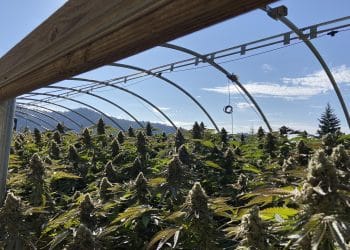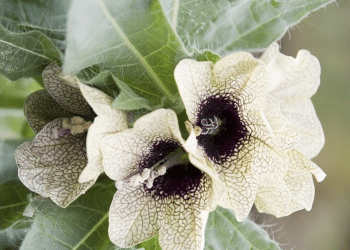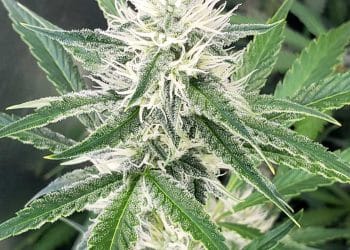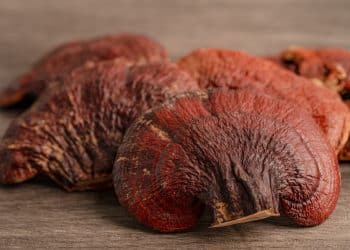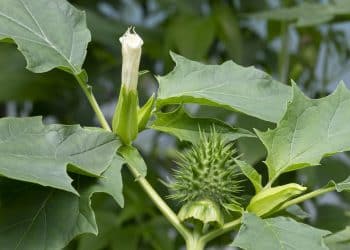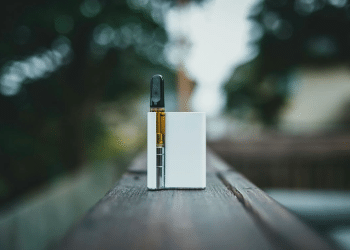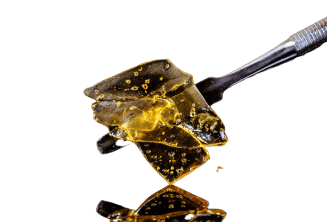Cannabis legalization is slowly leading to the decriminalization and legalization of other prohibited plants. One of them is “magic” mushrooms. Currently, mushrooms have been decriminalized in localities in a few states, including Oakland, California, and Denver, Colorado, and they have been completely legalized in Oregon. As legalization spreads, methods of isolating and extracting the “magic” from mushrooms are of high interest.
Psilocin is one of the “magic” compounds in certain mushrooms. It is the psychoactive “by-product” of psilocybin and is responsible for producing the psychedelic effects. Various methods for its extraction are known, such as using methanol. However, with this technique, other compounds may be coextracted with psilocin, including urea, baeocystin, and ergosteral peroxide. [1]
To get a purer extract, the use of an aqueous-organic extraction method with acetic acid can be considered. In a 1985 study, the Journal of Forensic Sciences reports on such a methodology that results in the rapid isolation of psilocin for an extract free of contaminants. [1] As Jason S. Lupoi, PhD, summarizes, “The benefit of this method resides in the product purity. Psilocin and psilocybin can be preferentially plucked from the mushrooms due to their solubility in the aqueous acetic acid, but many of the other molecules are left behind.”
In 1994, Gartz [2] compared solvents methanol, ethanol, and the aforementioned method (acetic acid). Seven mushroom species were ground, and small samples (0.01-0.1 g) were subjected to extraction using 5-20 ml of solvent for up to 12 hours. At room temperature, methanol required 12 hours to fully extract psilocin and psilocybin, but at 45º C, the time was reduced to 1 hour.
Methanol had the highest concentration of psilocybin. That said, the acetic acid method yielded very similar quantities, and slightly higher quantities of psilocin. Combining ethanol with methanol resulted in a different balance due to the “enzymatic destruction” of psilocybin into psilocin. Namely, there was higher psilocin and respectively lower psilocybin. [2]
More recently, ultrasonic extraction technology has been employed for extracting psychedelic mushrooms. Hielsher Ultrasound Technology recommends dried ground mushrooms in an ethanol or methanol. “The ultrasonic treatment breaks the cell walls of the mushroom so that the psilocybin and psilocin molecules are released into the solvent,” the company notes. A key advantage is speed without the need for heat.
DIY methods have also sprung up and include grinding dried mushroom then soaking in 100% ethanol for up to 24 hours. Simple filtration and evaporation produce a crude liquid concentrate. Additional solvents may be employed to purify the extract although the safety of their use at home is questionable.
In 2020, Numinus Wellness Inc. was the first to legally extract Psilocybe mushrooms in Canada. Although their method is unpublished, the push to isolate and standardize the powerful compounds in these mushrooms is evident. Given increasing legalization, we are likely to see new methods and developments soon.
Image Source: https://www.pexels.com/photo/brown-mushroom-53494/
References:
- Casale JF. An aqueous-organic extraction method for the isolation and identification of psilocin from hallucinogenic mushrooms. Journal of Forensic Sciences. 1985; 30(1):247-250. [Impact Factor: 1.436; Times Cited: 13 (Semantic Scholar)
- Gartz J. Extraction and analysis of indole derivatives from fungal biomass. J Basic Microbiology. 1994;34(1):17-22. [Impact Factor: 1.909; Times Cited: 38 (Semantic Scholar)]

